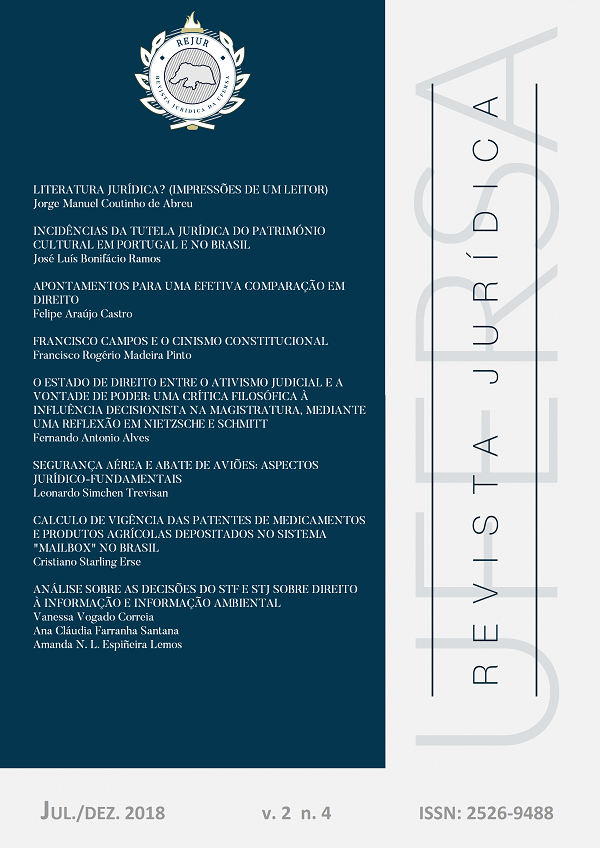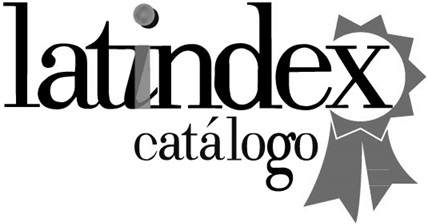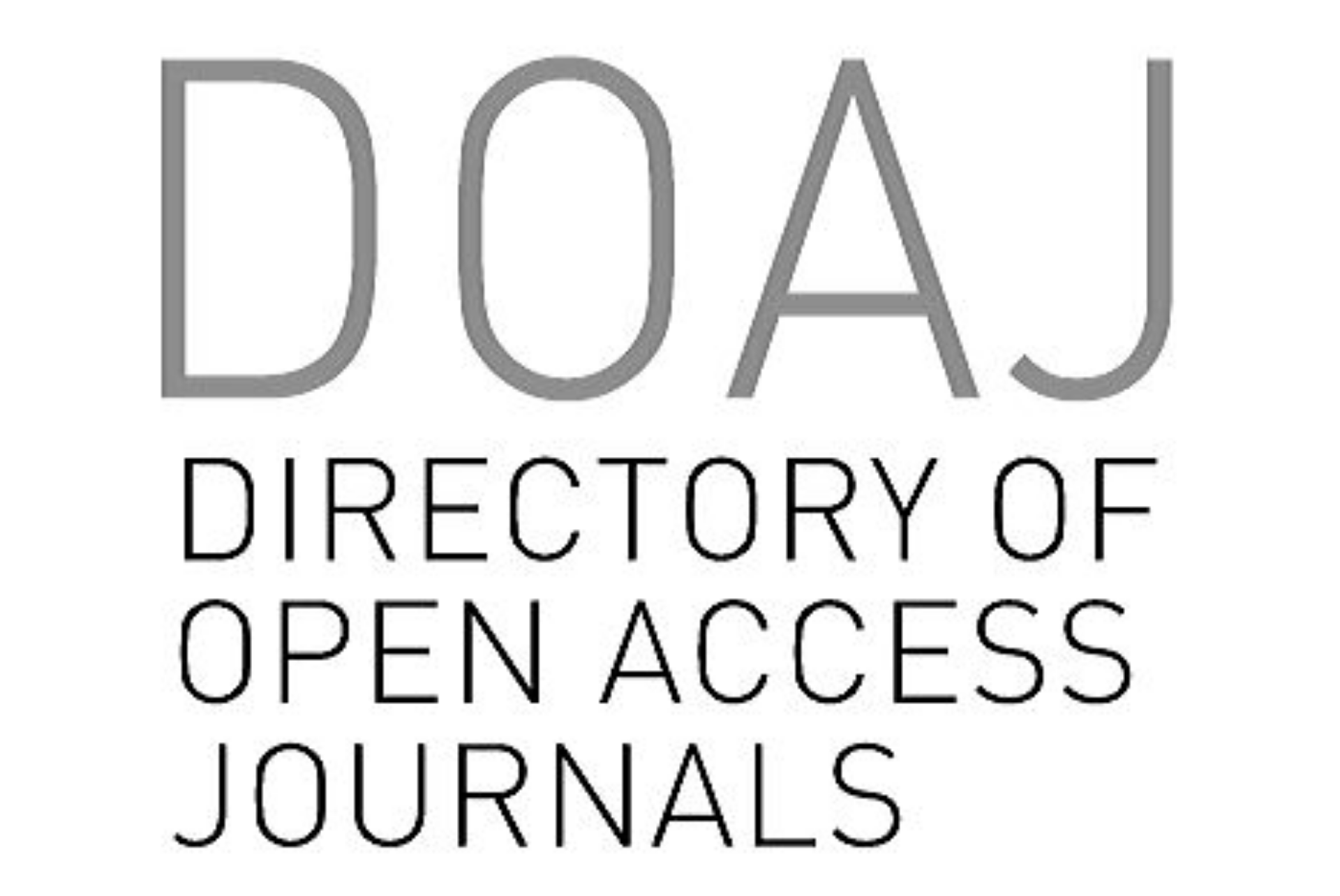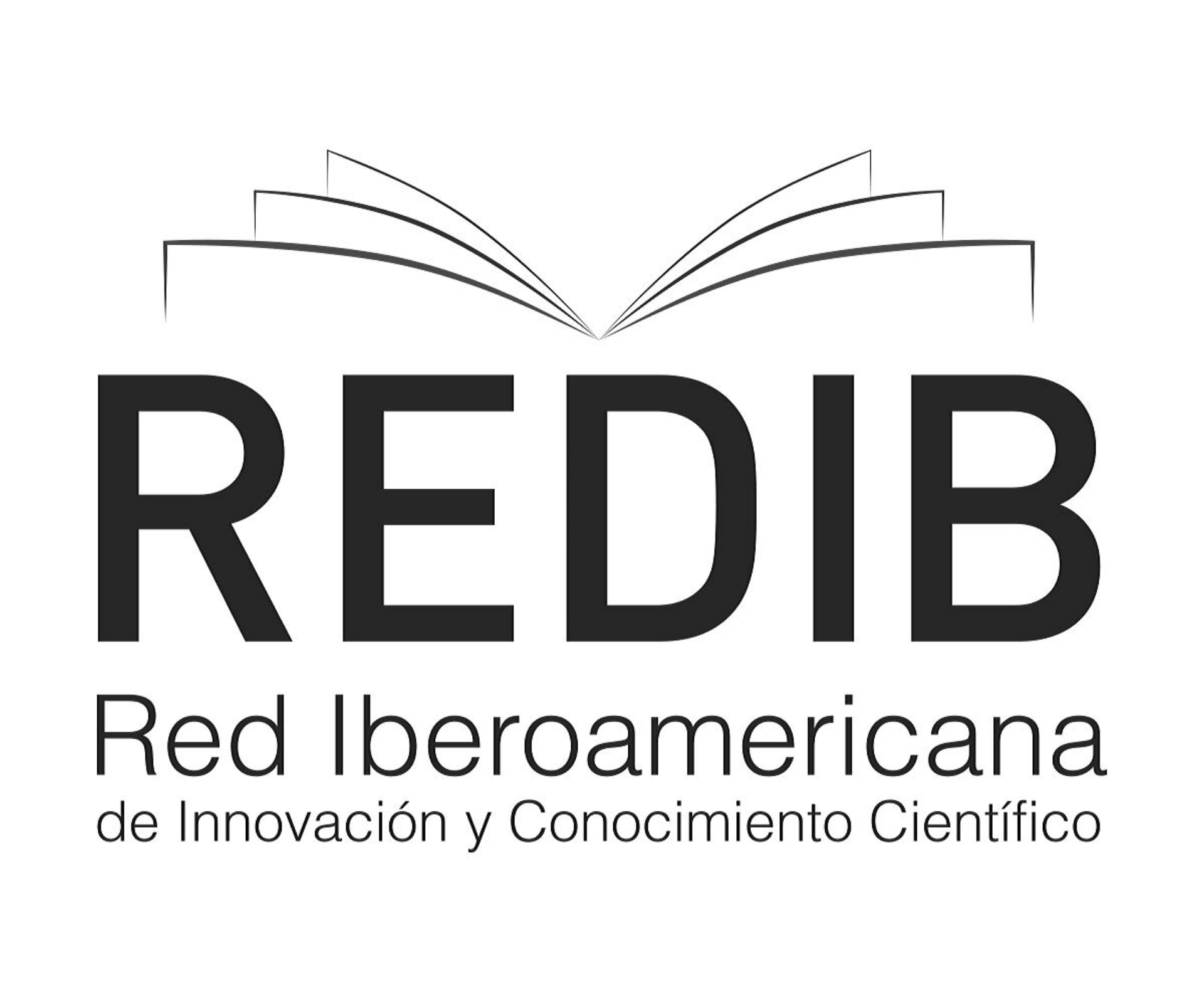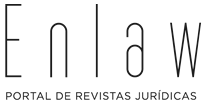Analysis of STF and STJ decisions on the right to information and environmental information
DOI:
https://doi.org/10.21708/issn2526-9488.v2.n4.p128-140.2018Abstract
This work aims to analyze the jurisprudence of STF and STJ regarding the right of access to information and environmental information, provided for in Laws 12.527/2011 and 10.650/2003, respectively. How the Brazilian Courts interpret the subject of access to information? What are the main arguments used in these decisions? Methodologically it was a case law search in the STF and in the STJ from search terms, or keywords on the topic and Boolean operators. The institutional cut of the choice of organs arose from the need to study the issue of access to information through the Judiciary, in addition to being superior instances with influence and strength of precedents in our legal system, whose decisions once delivered result in the transit judgment of the action. There were five judgments, which were tabled based on the following categories: origin, resource, destination, parties involved in the dispute and arguments of the decision and subsequent qualitative analysis. It is noticed that the tendency of the judges is to assure the access to the information to the parties that pleaded it. The main reasoning of the judges, in turn, is that the right of access to information needs protection to promote citizenship.
Downloads
Published
Issue
Section
License
Ao enviarem seus artigos, os autores concordam com os seguintes termos: 1. Cede-se à REJUR, gratuitamente e sem regime de exclusividade, seus direitos autorais; 2. Confere-se à REJUR os direitos de primeira publicação, permitindo-se o livre compartilhamento dos artigos veiculados em formato PDF; 3. Divulgações posteriores em periódicos, livros, obras coletivas ou eventos de qualquer natureza devem fazer referência à REJUR como meio de publicação original; 4. Os autores são responsáveis pelo conteúdo constante de seus textos; 5. o trabalho será licenciado também sob a Licença Creative Commons Atribuição-NãoComercial-SemDerivações 4.0 Internacional.

